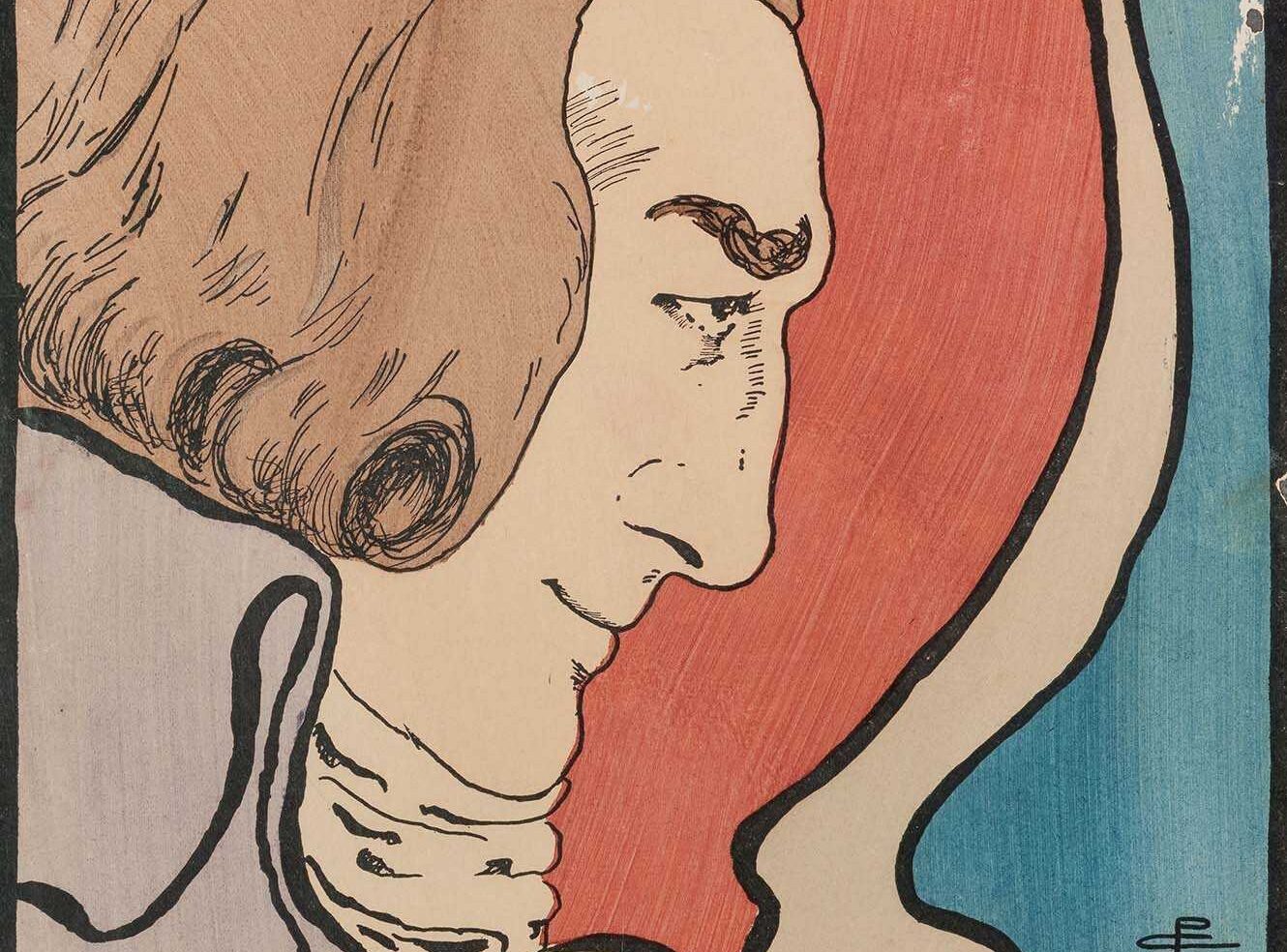Rosa Parks and the Montgomery bus boycott
It was on December 1st 1955 that Rosa Parks refused to give up her seat on a public bus in Montgomery, Alabama.
Her act of defiance sparked the Montgomery Bus Boycott, which is now regarded as the first large-scale demonstration against segregation in the US. Primary sources in AM resource Race Relations in America can begin to tell us about this story first-hand.
On 1st December 1955, Rosa Parks was riding home from work on a City Line bus when she was asked by the driver to stand up, to allow a white passenger to take her seat. During an interview conducted at Highlander Folk School in March 1956, Rosa describes the decision she made at this point:
It wasn’t at all pre-arranged. It just happened that the driver made a demand and I just didn’t feel like obeying his demand.

Photograph of Rosa Parks at the police station, the day she was arrested. Public domain. Accessed via Wikimedia Commons.
Subsequently, Rosa was arrested, and a trial date was set. The Black community of Montgomery responded to Park’s arrest by calling for a day of protests on the city’s buses on 5th December, the day of Park’s trial. When the time came, the African Americans of Montgomery refused to ride. Instead, they walked, arranged carpools and took taxis. This continued for 381 days.
Rosa was asked during this interview why she thought her simple act of resistance sparked this successful boycott, after previous attempts in Montgomery for the community to stand together to make a change. She considered the familiarity of her experience and humiliation, to be the resonating factor with others in Montgomery.

Image © Amistad Research Center. Further reproduction is prohibited without permission.
During the early days of the 13-month boycott, The Montgomery Improvement Association was founded. Young, local, minister Martin Luther King was appointed leader and thrown into the spotlight to later become a national civil rights leader. Rosa believed that the involvement of ministers, like King, who “came together and made announcements from their pulpits” was responsible for the protest taking its passive stance. Backed up by interviewer Myles Horton who remarked, “as religious leaders the only way to protest is non-violently”.

Image © Amistad Research Center. Further reproduction is prohibited without permission.
As the majority of passengers on city buses were African American, bus companies faced significant financial losses throughout 1956. However, Beulah Johnson also stated that in Montgomery, it was not only the buses that the community was boycotting.
Rosa didn’t tell you that you can go to Montgomery any day and find a parking space now. Not only are people not riding the buses but they are really not shopping. The people in Montgomery, particularly the Negroes, only buy what they have to have.

Image © Amistad Research Center. Further reproduction is prohibited without permission.
On December 21st 1956, following the US Supreme Court decision that racially segregated seating on buses was unconstitutional, Montgomery’s buses were integrated. It was the fight and determination of the African Americans in Montgomery that led to this decision, and so the boycott came to an end, 381 days after it began. Although the fight for civil rights was not over.
Martin Luther King eloquently summarised the events of Montgomery, during a panel discussion at the Institute of Race Relations in 1956, a few months before the end of the boycott.
The story of Montgomery is the story of 50,000 Negroes who are tired of oppression and injustice, and are willing to substitute tired feet for tired souls, and walk and walk until deciding walls of segregation have finally been crushed by the battering rams of historical necessity.
For more information on Race Relations in America: Surveys and papers from The Amistad Research Center, 1943-1970, including free trial access and price enquiries, please email us at info@amdigital.co.uk.
Recent posts

Foreign Office, Consulate and Legation Files, China: 1830-1939 contains a huge variety of material touching on life in China through the eyes of the British representatives stationed there. Nick Jackson, Senior Editor at AM, looks at an example from this wealth of content, one diplomat’s exploration of Chinese family relationships and how this narrative presented them to a British audience.

The Nineteenth Century Stage is a rich resource exploring the theatrical celebrities, artistry, and changing social roles of the era. It highlights Pamela Colman Smith, known for her Rider-Waite tarot illustrations and theatre work, whose influence shaped Victorian theatre. Despite being overlooked, her life and impact are vividly captured through striking art and intimate collections within this valuable resource.
